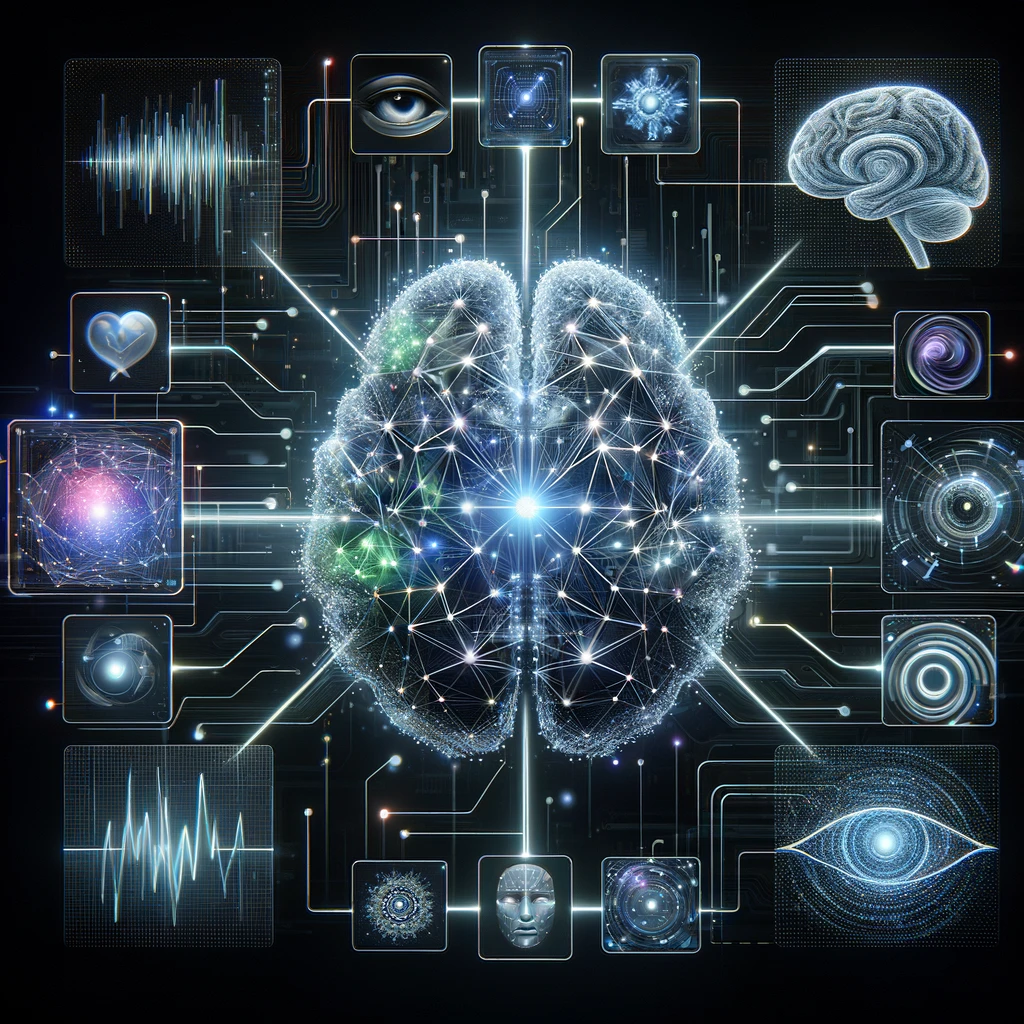In the rapidly evolving landscape of Artificial Intelligence (AI), a new frontier is making waves across industries: multimodal AI. This innovative approach to AI goes beyond traditional methods of understanding and interpreting human behavior, promising a future where machines can comprehend emotions with unprecedented depth and nuance. But what exactly is multimodal AI, and how does it transform the realm of emotion recognition? Let’s delve into the intricacies of this revolutionary technology and explore how integrating Facial Emotion Recognition (FER) into a multimodal framework can open new avenues for interaction between humans and machines.
Introduction to Multimodal AI
At its core, multimodal AI refers to the technology’s ability to process and interpret information from multiple modalities or types of input. This can include visual data, auditory signals, textual content, and even physiological cues. By analyzing a diverse array of inputs, multimodal AI systems can achieve a more comprehensive understanding of human emotions and intentions than systems relying on a single data type.
The power of multimodal AI lies in its versatility and depth. For example, while a picture may reveal a person’s facial expression, the tone of their voice might offer additional insights into their emotional state. Similarly, the words they choose to express themselves can provide further context. When combined, these varied sources of information enable AI systems to construct a more detailed and accurate picture of an individual’s emotional landscape.
Envisioning a Multimodal Framework for Integrating FER
The integration of Facial Emotion Recognition (FER) into a multimodal AI framework represents a significant leap forward in emotion recognition technology. FER, which analyzes facial expressions to infer emotional states, has been a focal point of AI research due to its potential applications in fields ranging from marketing to mental health. However, when FER is combined with other modalities, such as voice analysis and text interpretation, the potential for understanding complex emotional responses is greatly enhanced.
Imagine a multimodal AI system equipped with FER in a therapeutic setting. This system could not only interpret a patient’s facial expressions but also analyze their speech patterns, choice of words, and even physiological responses during a session. Such a comprehensive analysis could provide therapists with deeper insights into the patient’s emotional state, potentially revealing underlying issues that might not be apparent through facial expressions alone.
Moreover, in customer service scenarios, a multimodal AI framework integrating FER could assess a customer’s satisfaction or frustration levels more accurately by considering not just their facial expressions but also the tone of their voice and the content of their speech. This could enable more personalized and effective responses, enhancing customer experience.
The Future of Emotion Recognition with Multimodal AI
The advent of multimodal AI marks a significant milestone in the journey towards creating machines capable of understanding human emotions in all their complexity. By incorporating multiple sources of data, including FER, these systems can provide a richer, more nuanced understanding of emotional states, paving the way for more empathetic and effective human-machine interactions.
As we continue to explore the possibilities of multimodal AI, it’s clear that the future of emotion recognition lies in transcending the limitations of single-modality systems. The integration of FER into a multimodal framework is just the beginning. With ongoing advancements in AI technology, we stand on the brink of a new era where machines can truly understand and respond to the full spectrum of human emotions.




